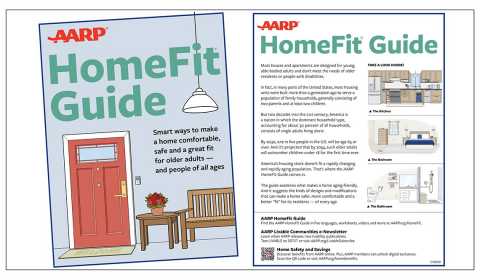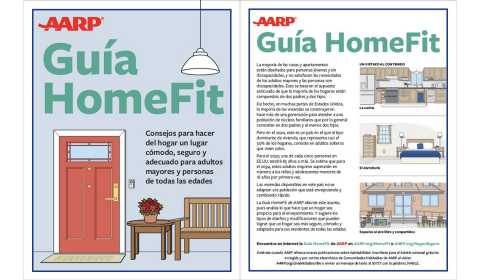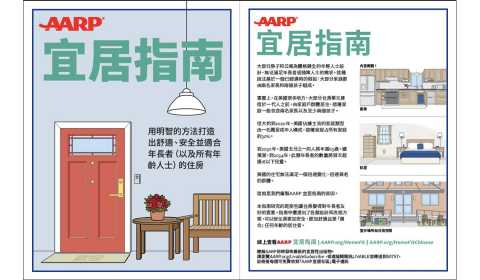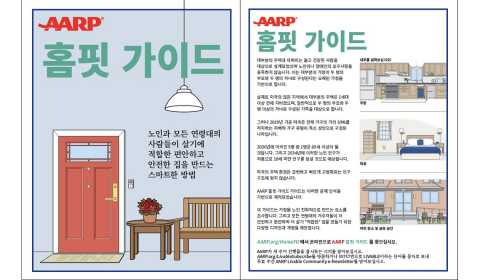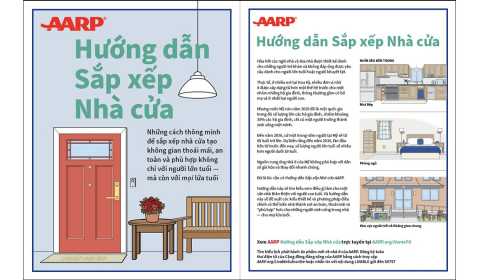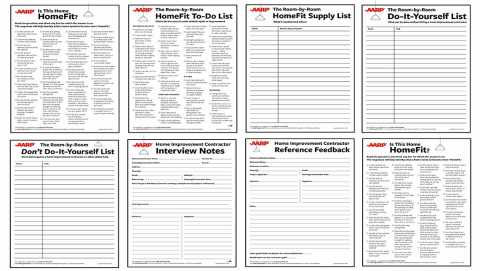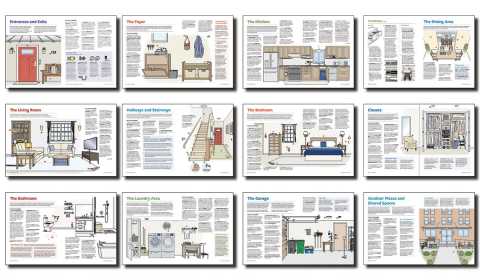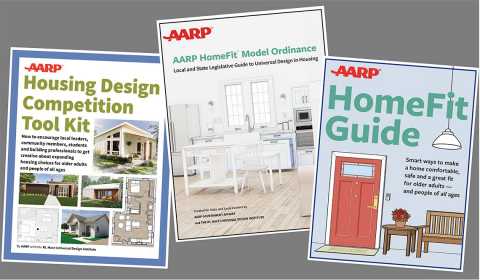AARP Hearing Center
CLOSE ×
Search
Popular Searches
CLOSE ×
Search
Popular Searches
- right_container
- Health
- Money
- Work & Jobs
- Advocacy
- Social Security
- Medicare
- Caregiving
- Games
- Travel
- More...
- Entertainment & Style
- Family & Relationships
- Personal Tech
- Home & Living
- Auto
- Staying Sharp
- Podcasts
- Videos
AARP HomeFit Guide
Most houses and apartments are designed for young, able-bodied adults and don’t meet the needs of older residents or people with disabilities. America’s housing stock doesn’t fit a rapidly changing and rapidly aging population. That’s where the AARP HomeFit Guide comes in. Our free, 36-page, fully-illustrated publication (available in English, Spanish, Chinese, Korean and Vietnamese) features smart ways to make a home comfortable, safe and a great fit for older adults — and people of all ages.
































































